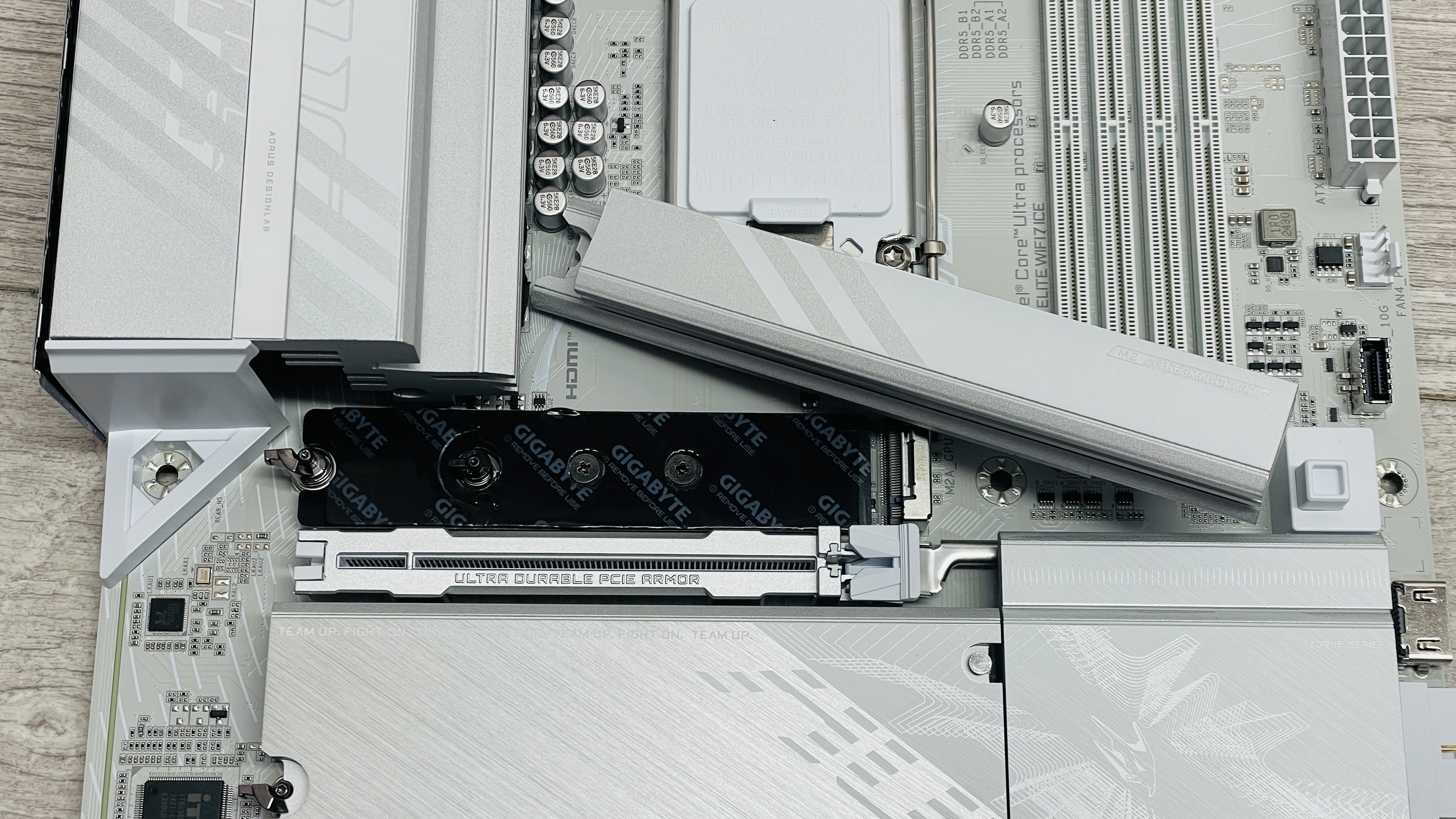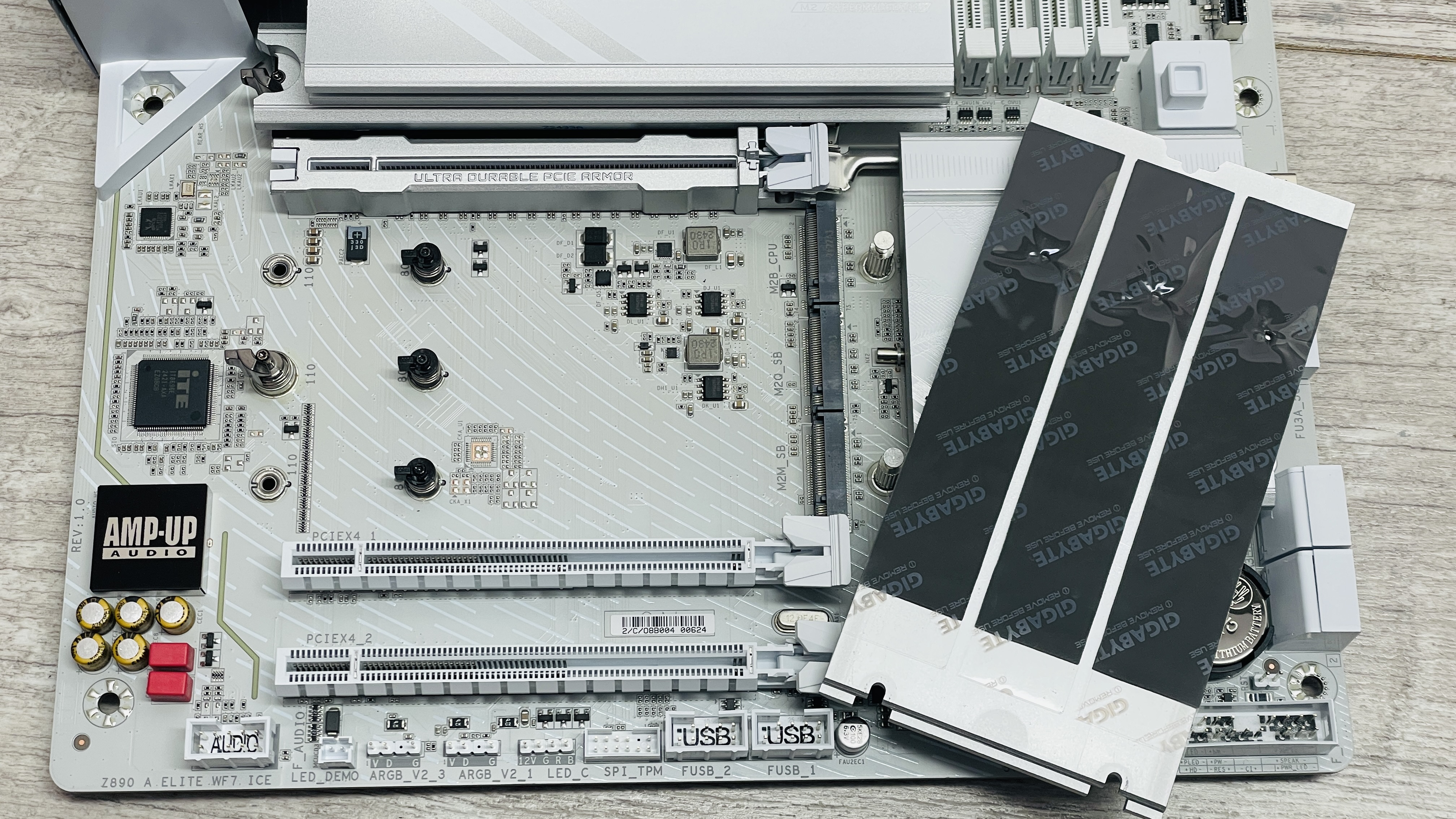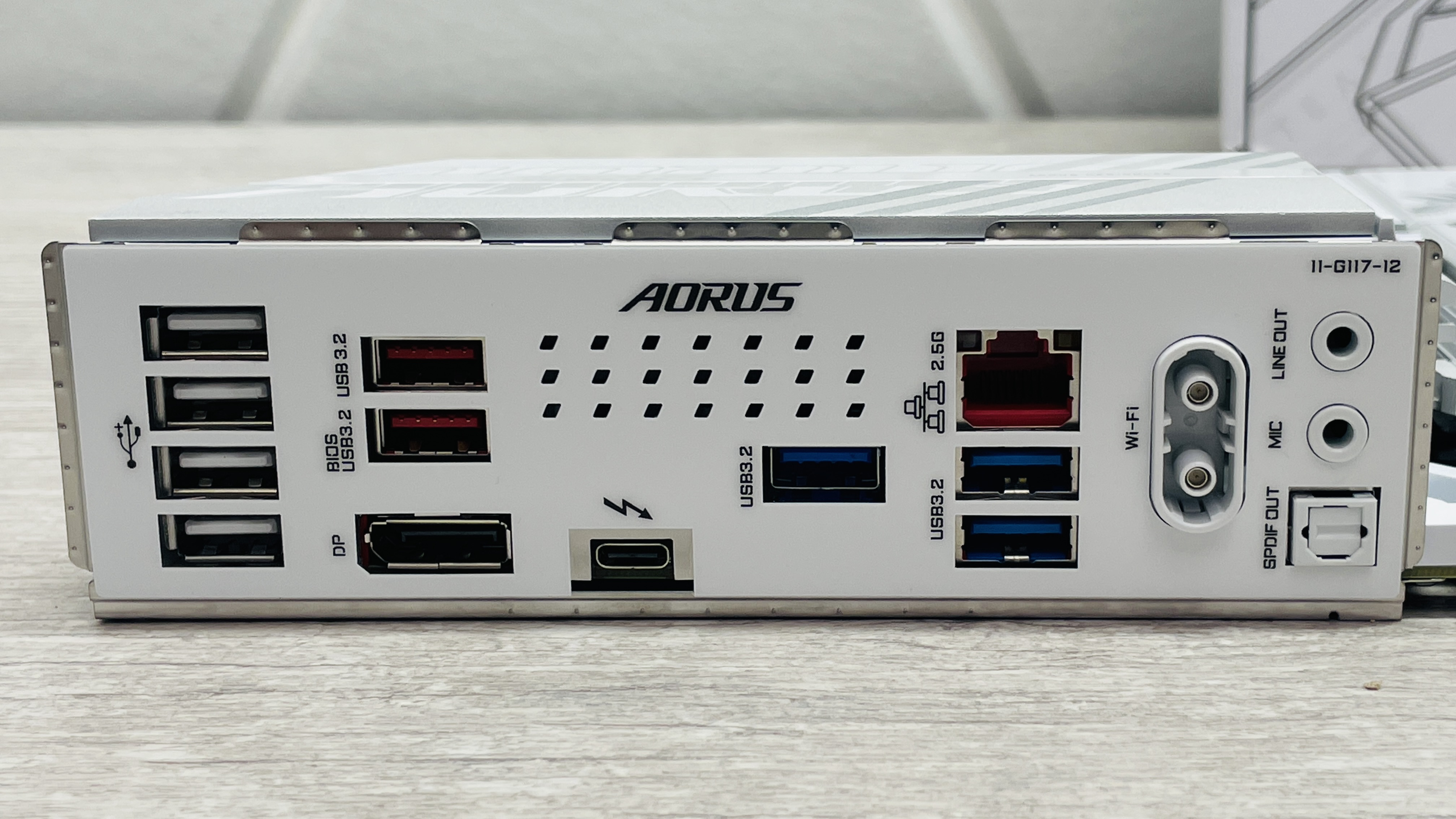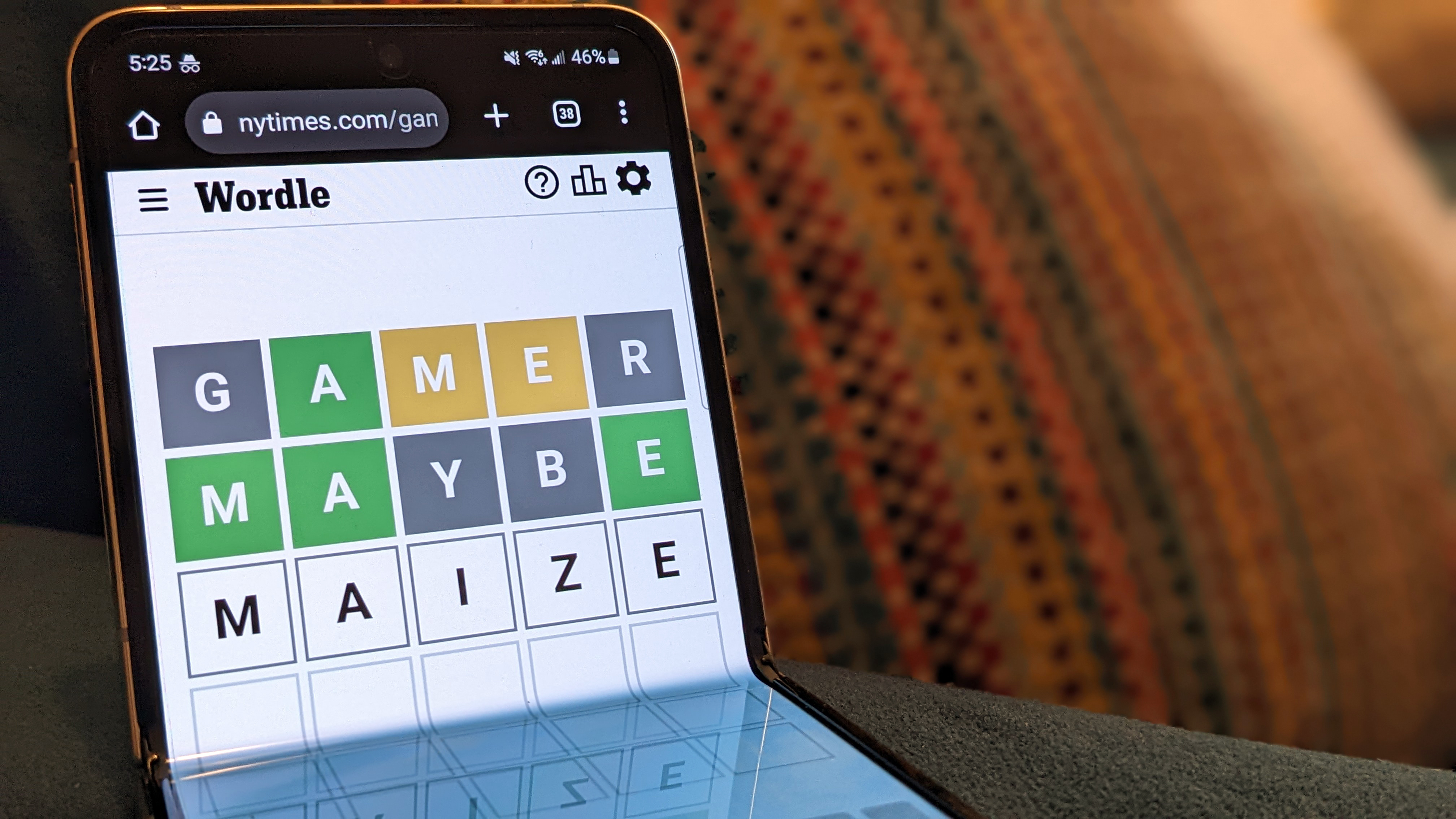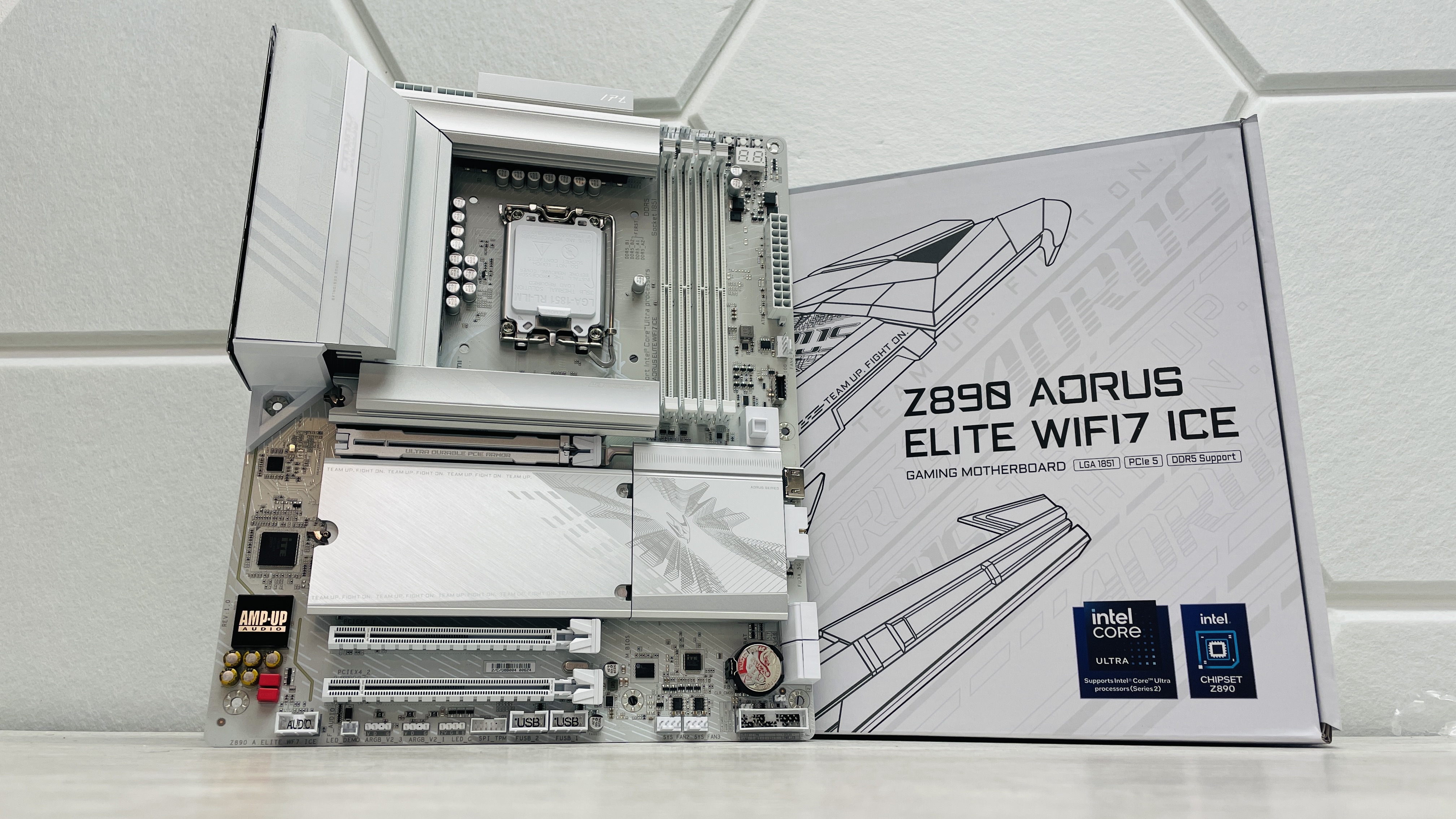
A slick motherboard for Arrow Lake systems, even if it does slip behind AMD's alternative.
It’s been a somewhat bizarre launch for Intel with its Core Ultra desktop processors crashing and burning (thankfully not physically this time) in reviews and sales figures are understandably poor, especially when compared to the Ryzen 7 9800X3D, which even outsold all of AMD’s other Ryzen 9000 CPUs combined. It’s only because of a long list of problems and promised fixes that we’d even consider opting for Intel’s new platform and consider a motherboard such as the Gigabyte Z890 Aorus Elite WiFi7 Ice.
But from the start the constant updates do make testing difficult.
BIOS updates, driver updates, Windows updates – they’ve all been coming thick and fast for Z890 motherboards in the hope of improving performance. Today we’ll be seeing if the latest tweaks for the platform and specifically the Gigabyte Z890 Aorus Elite WiFi7 Ice make it worth considering, even when directly compared with its X870 counterpart that costs a touch more.
Of course, with Intel, it’s only releasing cheaper options of LGA1851 motherboards this month, whereas AMD had to content with older 600-series chipsets on its platform. Like AMD’s 800-series, the focus is on Wi-Fi 7, PCIe Gen 5 support, tool-free features and high-speed USB Type-C ports and being Intel, that means Thunderbolt 4.
Socket: LGA1851
Chipset: Intel Z890
CPU compatibility: Intel Core Ultra 200 desktop
Form factor: ATX
Memory support: DDR5-4800 to DDR5-9200+(OC), up to 256 GB
Storage: 4x M.2, 4x SATA
USB (rear): 1x Thunderbolt 4 Type-C 40 Gbps, 2x USB 3.1 Type-A 10 Gbps, 3x USB 3.0 Type-A 5 Gbps, 4x USB 2.0
Display: 1 x Thunderbolt 4, 1x DisplayPort
Networking: Realtek 2.5G LAN, Wi-Fi 7
Audio: Realtek ALC1220
Price: $270 | £280 | AU$490
While this particular board’s party piece is its glorious white colour scheme that even extends to the PCIe and memory slots, as well as small details on the PCB such as the POST code display and RGB headers. Really nice touches, Gigabyte.
Considering this board leaves you with plenty of change from $300, aesthetics and features-wise it doesn’t seem to be a bad deal at all. It looks beautiful thanks to Gigabyte’s attention to detail with the white theme, although it’s a shame there’s not a touch more RGB lighting to really make it pop.
As it stands, there are only two small illuminated areas above the I/O panel and below the chipset heatsink, although it has 3-pin and 4-pin RGB headers to add your own accessories too. Spending over $300 will likely get you a few more fan headers, but the six included here are ample for the majority of PC owners.
Despite having released recently and carrying Intel’s flagship chipset, the board only has one PCIe 5.0 M.2 port, while its AMD equivalent has three. However, only one of those won’t steal lanes from your graphics card, so it’s somewhat of a moot point. Both boards have four SATA ports, which are a dying breed as many similarly priced AMD B850 boards have cut these to just two.
Gigabyte’s tool-free features are everywhere, from the push-button graphics card release of PCIe EZ-Latch Plus to its equivalent on the M.2 ports, heatsinks and even a quick-connecting Wi-Fi antenna all cutting the time it takes to jump into your favourite game. Features such as a POST code display and power and reset buttons are usually reserved for pricier boards but Gigabyte has managed to include them.
The I/O panel has a decent nine Type-A USB ports too, although there’s only one Type-C Thunderbolt 4 port, while most USB4-equipped AMD boards have two of those for a little extra flexibility. Thunderbolt 4 hubs exists if you want to expand this, but they’re usually expensive.
Gigabyte’s EFI is also included in the white theme, so the company deserves plenty of credit for going to these lengths. It’s not quite as modern as Asus or MSI’s recent updated efforts, but it’s still easy to find your way around and get at useful settings such as the XMP memory profile, boot order or fan control, with the latter having an excellent suite in the EFI as well as in Windows using Gigabyte’s free software.
You’ll have to take our performance comparisons as you find them as there have been so many performance fixes updates for Intel’s Core Ultra CPUs over the last few weeks that making direct comparisons with boards tested back at launch is rather tricky.
PC Gamer test bench
CPU: Intel Core Ultra 9 285K | Cooler: Asus ROG Ryujin III 360 ARGB Extreme | RAM: 32 GB Corsair Vengeance Pro DDR5-6000 | Storage: 2 TB Corsair MP700 | PSU: MSI MAG AB50GL 850 W | OS: Windows 11 24H2 | Chassis: Open platform | Monitor: Dell U2415
Temperatures don’t change that much, though and for a Z890 board dealing with our Core Ultra 9 285K, it managed to knock a couple of degrees of the temperature we saw with the Asus ROG Maximus Z890 Hero and MSI MEG Z890 Ace at a peak of 50°C. Its peak PCIe 5.0 SSD temperature was a fair bit warmer than the Asus board, but at 72°C just comfortably away from the danger zone unlike the 77°C recorded by the MSI MEG Z890 Ace.
Performance seems to have improved compared to our earlier Z890 reviews, but this isn’t down to Gigabyte, rather than the plethora of fixes from Intel and Microsoft. Gaming performance was higher overall, sometimes by large amounts and it also saw smaller uplifts in Cinebench, Blender and 7-zip, each time taking the performance crown.
The combination if BIOS updates, Windows 11 24H2 and the latest Windows updates all contribute here and there are more fixes to come. Power consumption was largely in line with other Z890 boards we’ve tested, though, with a 91 W CPU package power reading in our game test and peak of 239 W in Cinebench sitting within 10 W of other boards.
✅ You want the latest features without breaking the bank: Thunderbolt 4, Wi-Fi 7, PCIe 5.0 SSD and graphics card support are all here as are plenty of new tool-free features and an all-white design that even extends to the EFI.
❌ You’re happy to consider AMD: Intel’s CPUs have let the side down and as well as Ryzen offering better performance, especially in games, this board’s AMD equivalent has a few more features and is slightly better value.
If Intel’s Core Ultra 200 series had knocked it out the park, or even offered decent gains over its predecessor across the board as well as giving AMD something to think about, this review would have gone very differently. As it stands, though, it’s tricky to recommend anything Z890-related due to our initial findings, but the benchmarks here do suggest the situation for Arrow Lake has improved and sometimes significantly.
The trouble is, if your building a gaming PC, there’s only one CPU you should be pairing a $300 motherboard with and that’s AMD’s Ryzen 7 9800X3D. In fact, it’s so good that it’s outsold all of AMD’s other Ryzen 9000 CPUs combined. However, you’re probably here because you want to buy a Z890 board for some reason and not anything from AMD.
Gigabyte has taken the white theme to the extreme, it has better port options in some areas than some AMD B850 boards we’ve seen and Gigabyte has shoehorned in way more features that we expected given there’s actually change from $300. Its AMD equivalent does offer a couple of extra bits for about the same price, but if three hundred bucks is your limit and you want a white Z890 motherboard, this is easily the best option out there.


